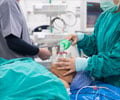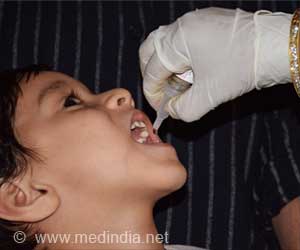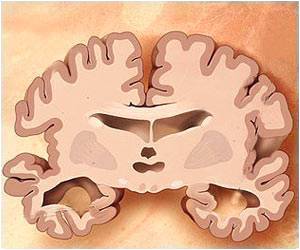
Another landmark is automated anesthesia system using NI LabVIEW – a closed loop control system using graphical programming software that automatically monitors a patient’s depth of consciousness, level of pain and muscle relaxation to calculate and administer appropriate doses of anesthetic drugs. Smart pumps using special softwares alert users to potential errors, provide dosing guidelines with a library of medications and “just in time” clinical advisories.
Teleanesthesia became a landmark when in August 2010 a patient underwent thyroid gland surgery in Italy remotely anesthetized from Montreal. Simulators like Virtual Anesthesia Machine (VAM) can train young anesthesiologists in perfecting their skills. All these innovations can help a most successful outcome in healthcare and therefore we must be aware of the emerging technologies, Dr. Gopinath added.
Earlier in his key-note address Dr.S.Rangaswami, Vice Chancellor, Sri Ramachandra University said that in spite of automation and technology the dexterity and skill of a trained anesthesiologist will help prevent a complex situation from developing into a complicated one. The oration was part of Ramachandra Anesthesia Continuing Education Programme (RACE 2012) which was attended by anesthesiologists and students from all over India.
Source-Medindia











